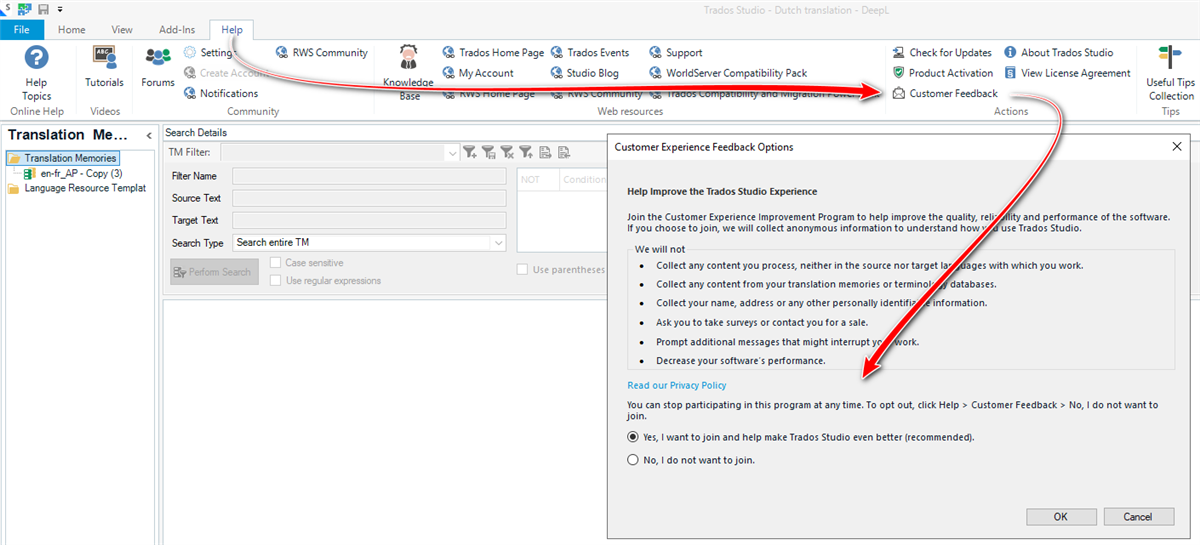The essential is said in the title.
Some bugs and cryptic error messages exist since the inception of Trados Studio 2009, that is 15 years ago.
I do not know if tracking those bugs and errors is too much time consuming for RWS teams and thus not profitable enough, or if the software is that deep that it is impossible to dig in it to find the inconsistencies that cause those errors, but the fact is that some 10+ years old bug still exist. This morning again, I had the boxes below on my screen when I sat in front of my screen! Yet, nobody used my computer last night.

The question I ask myself for months is: since AI is everywhere and purportedly so powerful, since vendors, includng RWS, sell us their stuff arguing it is AI-enhanced, why does not RWS implement some AI functionality to monitor, track and point the root causes of those errors, in order for RWS teams to fix them? We could them hopefully soon have a fully operational Studio, without bugs.
Generated Image Alt-Text
[edited by: RWS Community AI at 2:03 PM (GMT 1) on 25 Sep 2024]


 Translate
Translate



